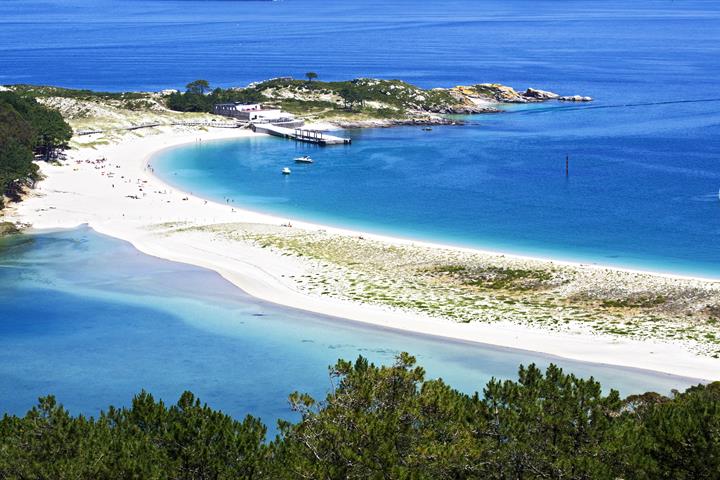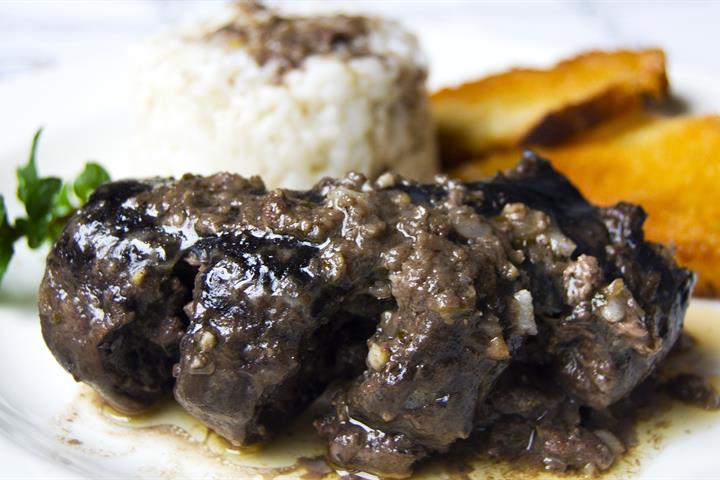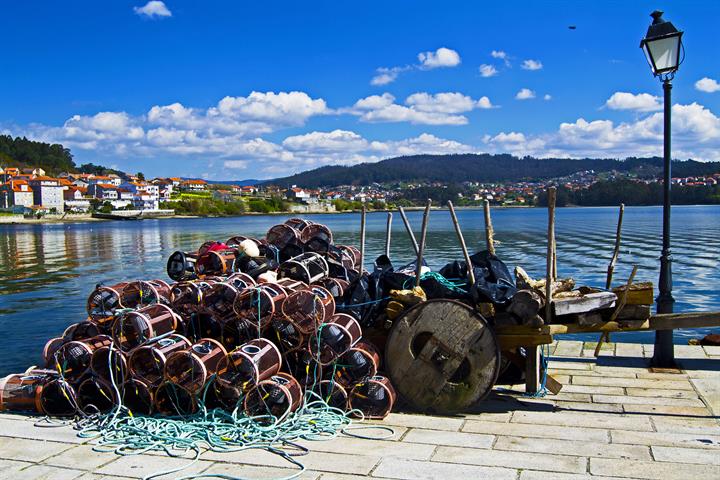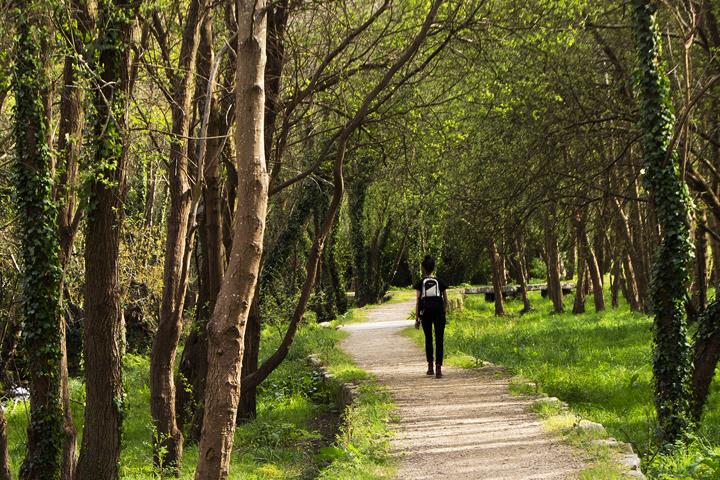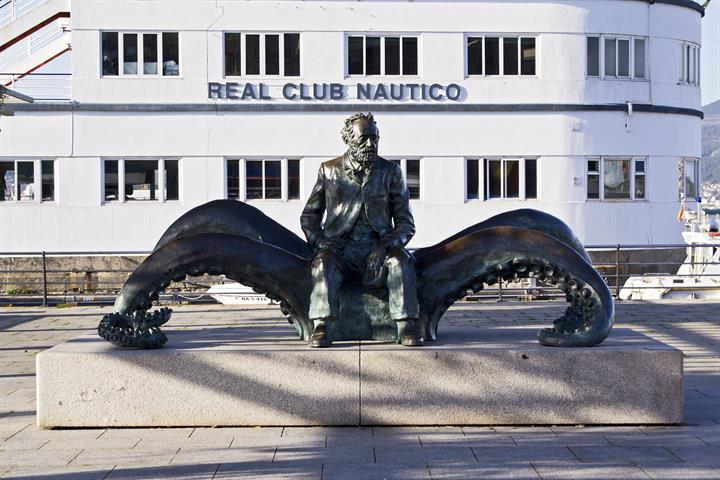Información de viaje y vídeo de Pontevedra provincia
Información para vacaciones, datos, fotos y vídeos sobre Pontevedra provincia
Casas de vacaciones destacadas en España
Cosas para hacer mientras está aquí
Lugares interesantes para visitar en Pontevedra provincia
Opiniones acerca de Pontevedra provincia
Promedio de calificaciones generales - Basado en 37 opiniones
Ciudad
Costa
| Ciudad: | |
| Costa: |
Enviado por: marta
12 ago. 2021
Este comentario es en español
Este comentario es en español
Denunciar abuso
Le ha parecido abusivo
| Ciudad: | |
| Costa: |
Enviado por: Pedro Sánchez Romero
15 sep. 2019
Este comentario es en español
Este comentario es en español
Denunciar abuso
Le ha parecido abusivo
| Ciudad: | |
| Costa: |
Enviado por: Peter
14 ago. 2019
Este comentario es en español
Este comentario es en español
Denunciar abuso
Le ha parecido abusivo
| Ciudad: | |
| Costa: |
Enviado por: Teresa
20 jul. 2019
Este comentario es en español
Este comentario es en español
Denunciar abuso
Le ha parecido abusivo
| Ciudad: | |
| Costa: |
Enviado por: Rui Jorge Oliveira Carneiro
16 jun. 2019
Este comentario es en español
Este comentario es en español
Denunciar abuso
Le ha parecido abusivo
| Ciudad: | |
| Costa: |
Enviado por: Sharon Whitham
5 jun. 2019
Este comentario es en español
Este comentario es en español
Denunciar abuso
Le ha parecido abusivo
| Ciudad: | |
| Costa: |
Enviado por: senalada
17 ago. 2018
Este comentario es en español
Este comentario es en español
Denunciar abuso
Le ha parecido abusivo
| Ciudad: | |
| Costa: |
Enviado por: Antonia Maria Estrany Cabot
15 ago. 2018
Este comentario es en español
Este comentario es en español
Denunciar abuso
Le ha parecido abusivo
| Ciudad: | |
| Costa: |
Enviado por: Alissa Melenkeit-Jaap
30 jul. 2018
Este comentario es en español
Este comentario es en español
Denunciar abuso
Le ha parecido abusivo
| Ciudad: | |
| Costa: |
Enviado por: Niek
25 jun. 2018
Este comentario es en español
Este comentario es en español
Denunciar abuso
Le ha parecido abusivo
| Ciudad: | |
| Costa: |
Enviado por: Borja Perez
29 ago. 2017
Este comentario es en español
Este comentario es en español
Denunciar abuso
Le ha parecido abusivo
| Ciudad: | |
| Costa: |
Enviado por: Fernandez maria Isabel
5 ago. 2017
Este comentario es en español
Este comentario es en español
Denunciar abuso
Le ha parecido abusivo
| Ciudad: | |
| Costa: |
Enviado por: Maite Soroa
24 abr. 2017
Este comentario es en español
Este comentario es en español
Denunciar abuso
Le ha parecido abusivo
| Ciudad: | |
| Costa: |
Enviado por: Chus
9 sep. 2016
Este comentario es en español
Este comentario es en español
Denunciar abuso
Le ha parecido abusivo
| Ciudad: | |
| Costa: |
Enviado por: JOAN MANZANO
22 ago. 2016
Este comentario es en español
Este comentario es en español
Denunciar abuso
Le ha parecido abusivo
| Ciudad: | |
| Costa: |
Enviado por: Adriana Obando
4 abr. 2016
Este comentario es en español
Este comentario es en español
Denunciar abuso
Le ha parecido abusivo
